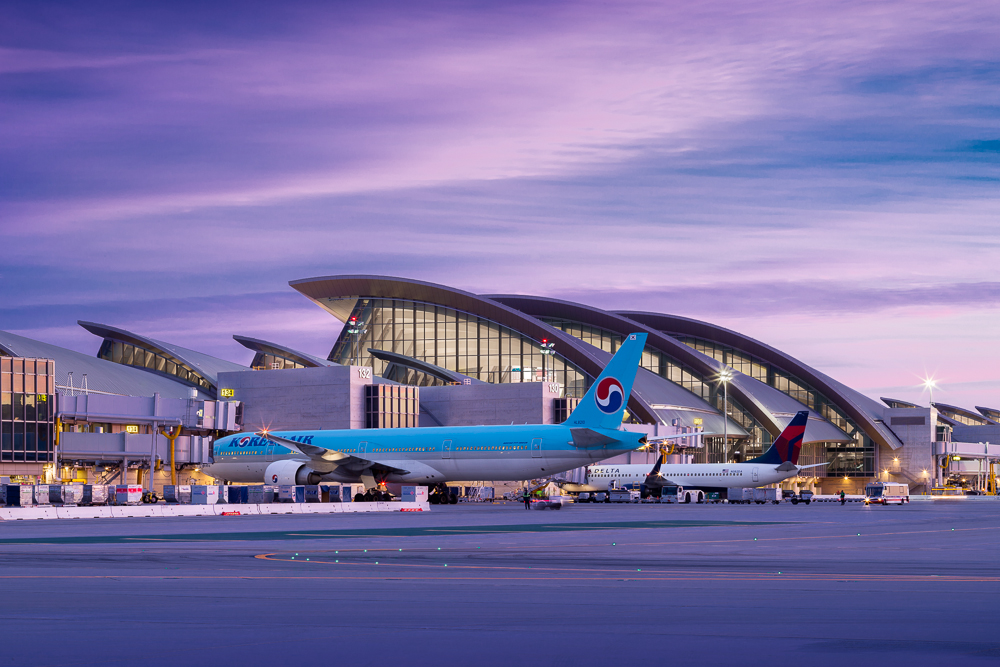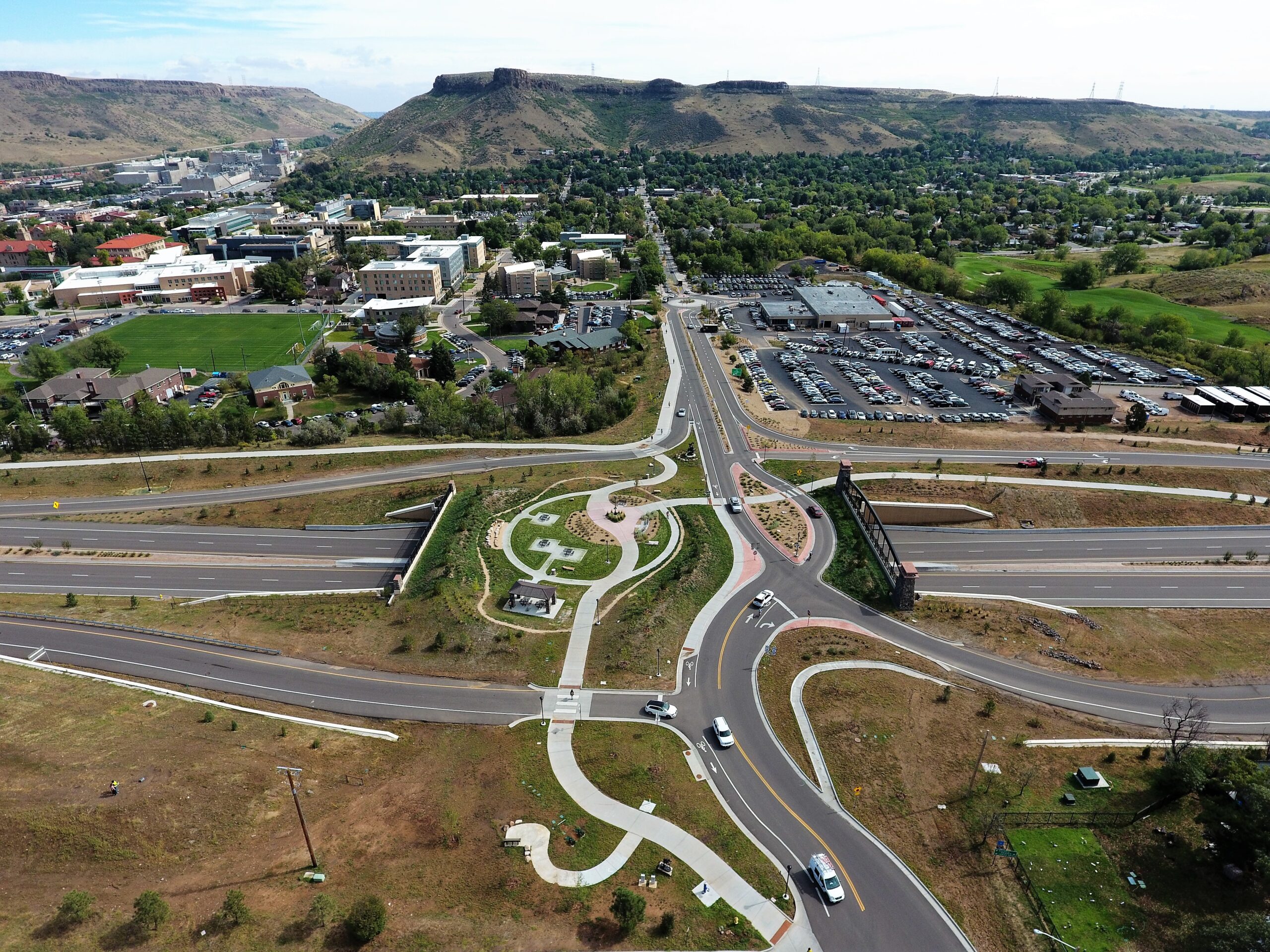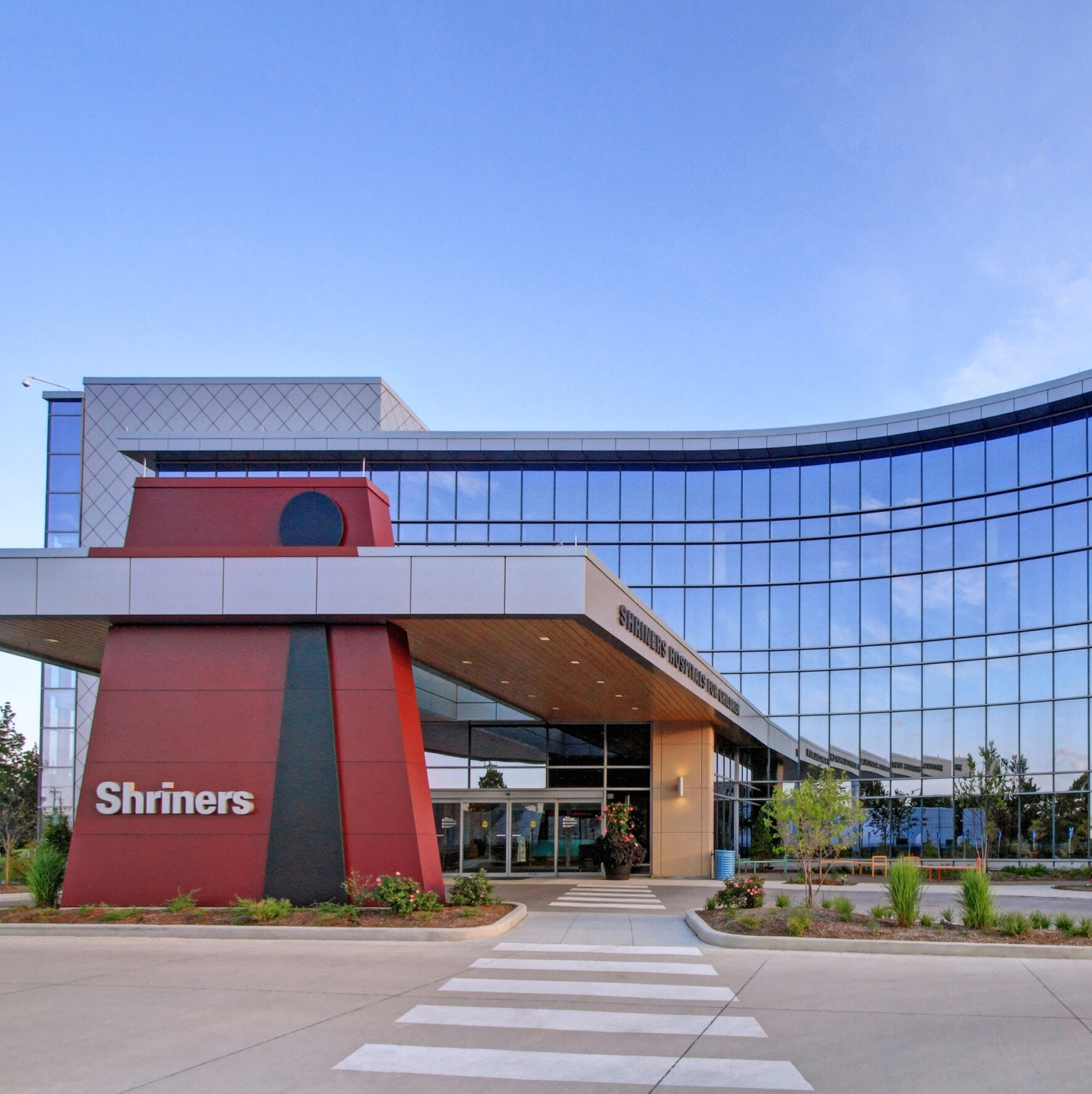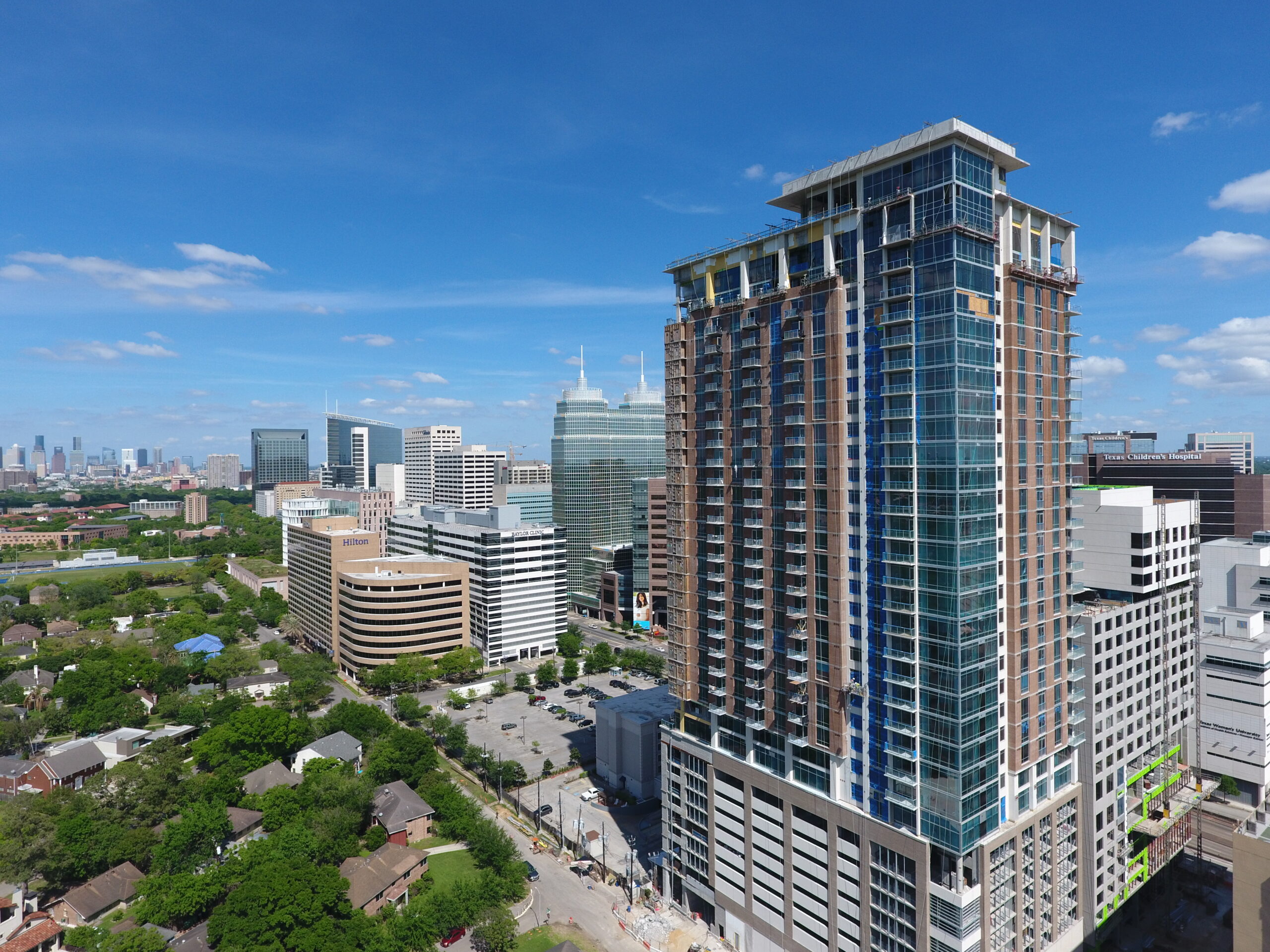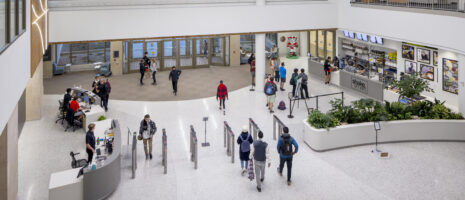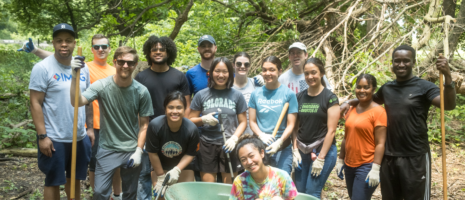1,300 and counting: Extended reality experiences put clients inside design (Podcast included)
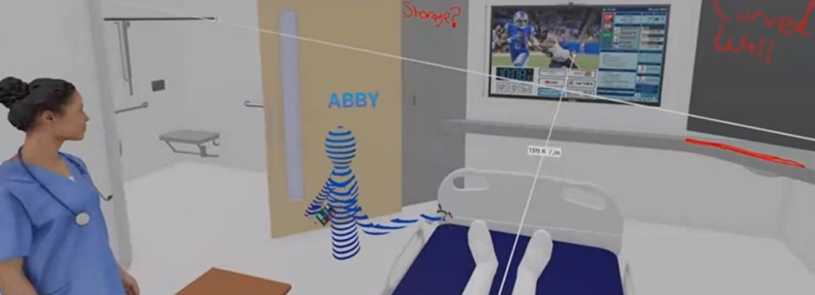
In this episode of The Future Built Smarter podcast, Abby Coleman discusses IMEG’s use of immersive extended reality experiences, 1,300 of which were provided by the firm to project stakeholders in 2024. “Extended reality is an umbrella term for virtual reality and augmented reality,” says Abby. “I essentially use those technologies to help our clients and engineers visualize their design before anything is even built.”
As IMEG’s Innovation Extended Reality Specialist, Abby also incorporates VR and AR technology into the firm’s engineering workflow to revolutionize the design process and bolster IMEG project team collaboration. “Whether reviewing a critical space or evaluating workflows, both the engineers and clients will be able to make confident and well-deformed decisions,” she says. Overall, she adds, immersive experiences help accelerate the decision-making process, reduce the number of costly revisions, and optimize project outcomes.
IMEG’s immersive experiences are utilized in many markets and for different purposes. Among the 1,300 experiences of the past year, Abby singles out an experience in which IMEG designers “sat” on a hospital bed within a 3D model of a patient room to determine the optimal size and number of footwall digital display screens, based on the patient point of view. In a similar vein, higher education project stakeholders “sat” in various locations of a conference room 3D model to determine the best locations and number of projector screens, again based on the end users’ perspective. And in an augmented reality experience, an engineer inside an existing mechanical room saw how a new chiller and its piping, as designed, would fit in the space.
Floor plans, the AEC industry’s traditional medium for communicating designs to clients, cannot truly represent a space. IMEG’s immersive experiences, however, are created using the firm’s robust 3D models, which provide spatial awareness and understanding. “When we’re able to put a client in a headset, some of the feedback is like, ‘Wow, now I understand this design. I know how it feels.’ “
In the future, Abby foresees every engineer having a VR headset on their desk and “essentially just using that on design from start to finish.” She also expects to see “VR more heavily incorporated with our client engagement,” with the annual number of stakeholder immersions exceeding last year’s 1,300 experiences. She bases her predictions on extended reality’s proven ability to bridge the communication gap between designers and clients.
As she says, “I believe that VR is a universal language of design.”
Watch IMEG extended reality experience videos of a patient room, conference room, and job site.
Listen to the podcast:

